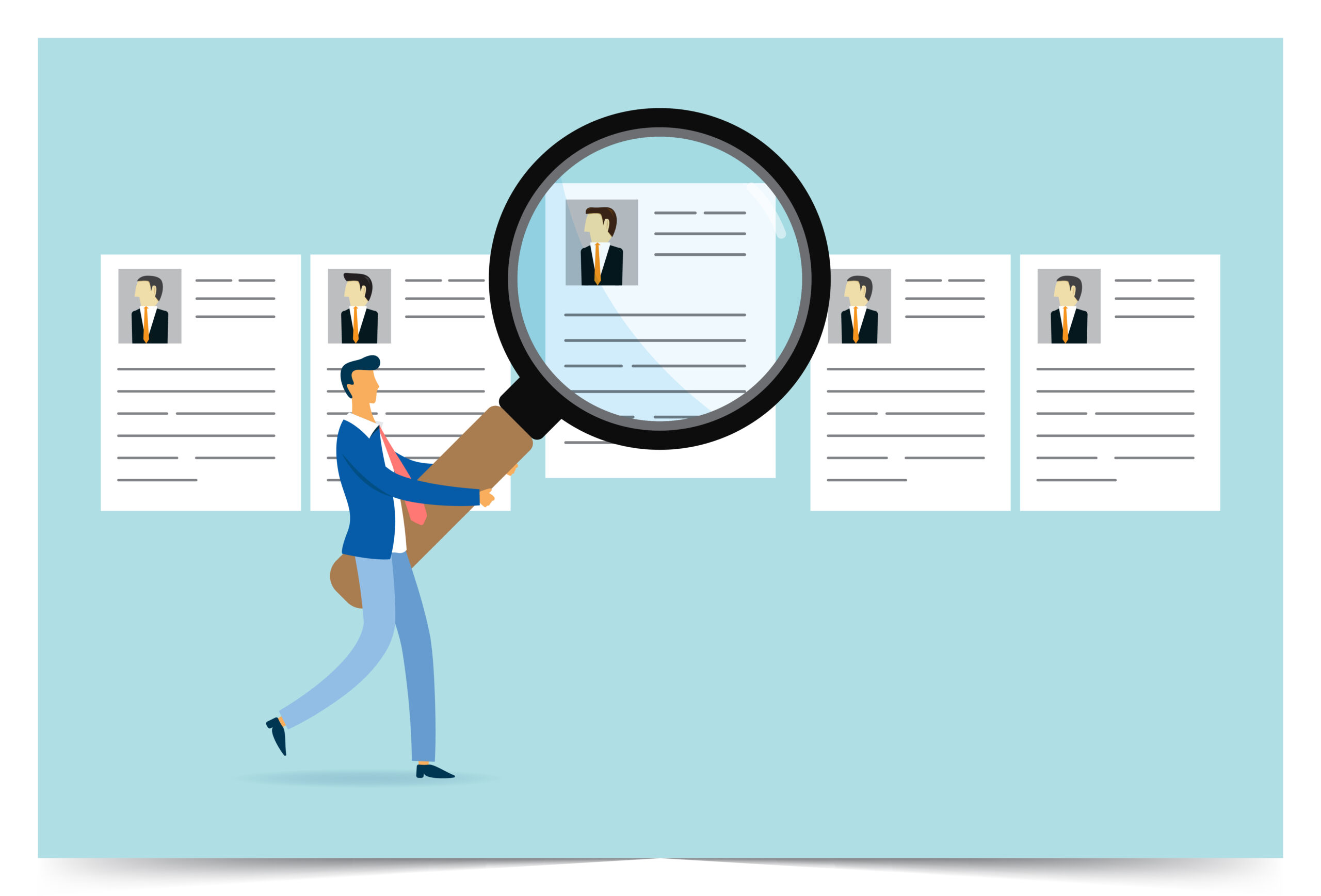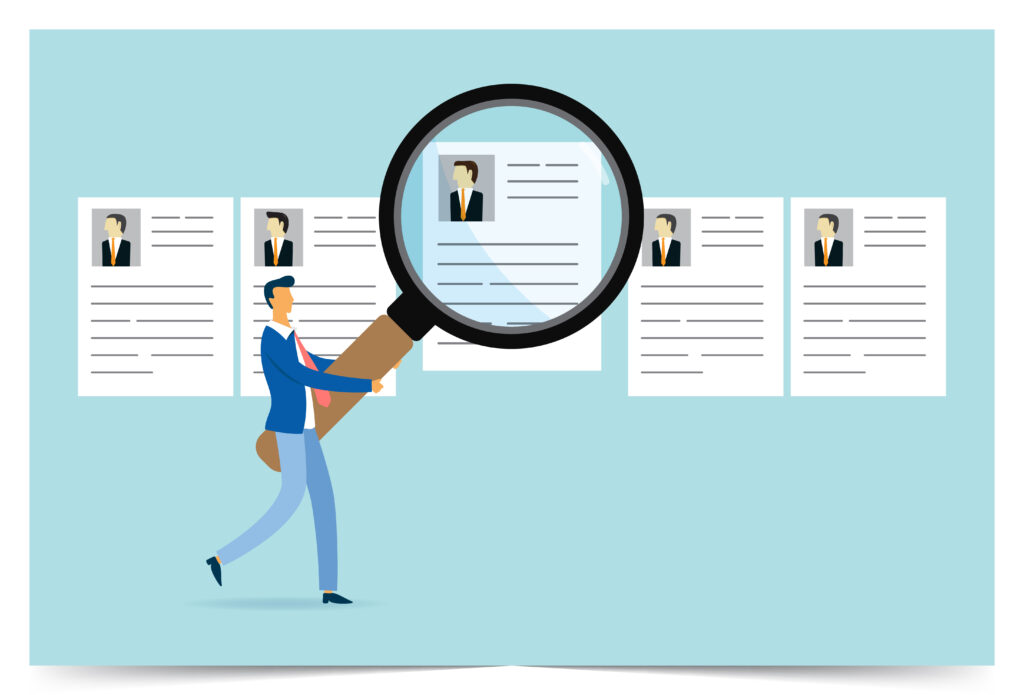PBI’s annual Employment Law Institute is right around the corner, so now is the perfect time to talk about one of the most important aspects of the job application process: the infamous resume. Without an impressive resume, you may never make the cut for an interview.
It’s always a good idea to keep your resume updated with the latest and greatest. However, there are even more steps you can take to ensure you land that first interview. If you’re looking to level up your resume, check out these powerful tactics that will help you stand above the rest.

Keep it short and sweet. One page should do the trick, but definitely no more than two. This will force you to prioritize what’s most important. Your prospective employer is most likely sifting through quite a few resumes and doesn’t want to spend their time reading a novel on your life. In fact, it’s said that employers will only glance at your resume for six seconds before moving on to the next! Make it your goal to catch their attention without overwhelming them.
Your resume should be organized, easy to read, and concise. Choose a basic font such as Arial or Times New Roman, and a font size around 12. Make use of bullet points and multiple columns instead of just slapping down a long list of everything you’ve done.
Most think of the resume as a place to detail their entire job history. Instead, think of it as showcasing the specific skills and experiences that relate to the job you’re applying for. Recent and relevant are key. Which brings us to our next point…
Tailor to the job description. When reading the job description, you should be absorbing keywords that relate to your skills. Weave the matching qualifications into your resume so that you come across as a great fit.
Instead of using the same resume to apply to every job, try a different approach. Have one, big “Master Resume” that outlines all of your skills, qualifications, and your complete job history. Then, using copy and paste, craft a second resume that is more specific to the job you want. Having that in your arsenal should make future applications a breeze, while boosting your likelihood of standing out.

Start with the most important information. Your strongest qualities should be listed first. Remember, they’re only going to skim your resume for a few seconds! You want to instantly assure that you’re a great fit for the job and entice them into reading onward.
Not sure what makes for a great hook? Try writing a professional summary that entails both your positive qualities as a worker along with the skills you bring to the table. Or you could simply hit them with a punchy, bulleted list of those skills. If your latest job is particularly impressive and relevant, start with that. It’s completely up to you.
Use numbers and “power words.” Your skills should be measurable. When listing your achievements, use facts and figures to really make it tangible. For example, if you led a team, how many people were on it? How many customers did you serve? By what percentage did you exceed profits? Can you measure the growth of your business?
As for power words, this means starting your sentences with positive, active verbs such as “achieved,” “produced,” “accomplished,” “completed,” “improved,” etc. There’s no need to for “I.” They know who this resume is about. Eliminate extraneous words and stick to powerful, concise language that efficiently gets the point across.
Be confident! This is your chance to put all of your skills on the table, so don't hold back.

Try a resume builder. If you need an extra boost, there are plenty of options that can help you form your resume. Adobe has all sorts of templates to choose from. However, don’t pick anything too loud or funky. You want plenty of space to write as much as possible and keep it looking professional.
Keep in mind that some recruiters can be scraping through hundreds of resumes. If they spot the same template over and over again, it could come across as a lack of creativity. If you do opt to use a resume builder, try to pick one that’s not at the top of the stack—and put in a little bit of effort to make it your own.
Include contact info and relevant links. Place your contact information at the top, in an obvious spot. It’s not necessary to include your full home address, but definitely have your phone number and email address. Your prospective employer should be able to grab your contact info at a glance, if needed.
You should also include any outside links to your professional portfolio, a personal website that exhibits your work, or your LinkedIn profile. All of that information you couldn’t fit onto your resume? LinkedIn is the perfect place for it to live. It’s a great way to offer a recruiter the chance to dive deeper. Don’t be afraid to show a little bit of your personality as well.

Don’t forget to proofread! Look over your resume with a careful eye and read it out loud. Show your resume to a family member or friend to critique. They may catch something you missed. Spelling errors that slip through could come across as a lack of attention to detail. A little extra time to proofread can go a long way!
Armed with these powerful resume tactics, you’ll be well on your way to scoring an interview and hopefully landing the job of your dreams! Good luck!



